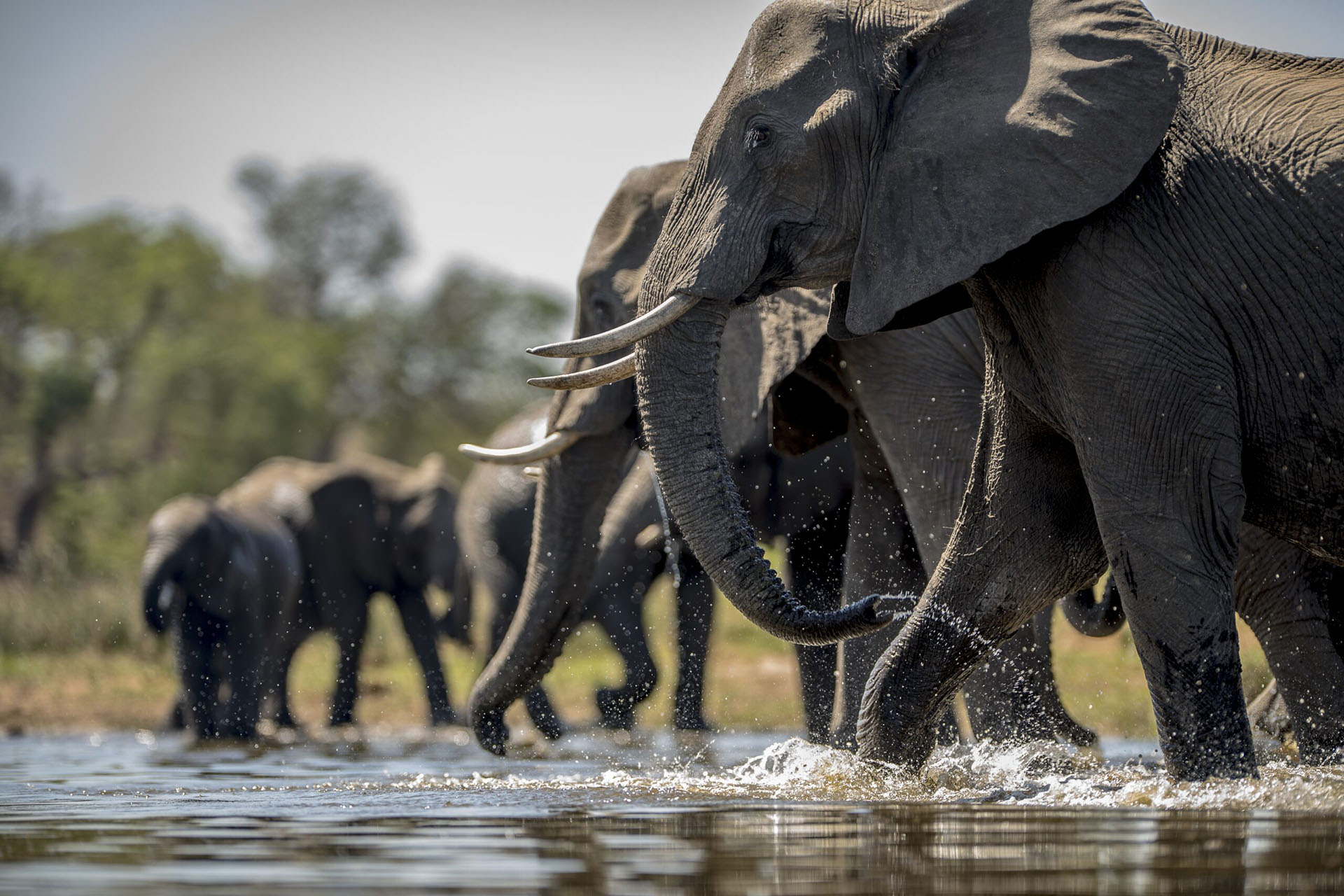Visit Arusha National Park – A Hidden Gem for Adventure Seekers
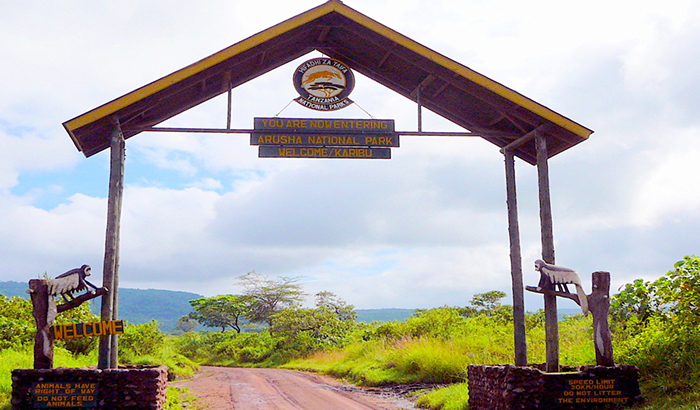 The closest national park to Arusha town – northern Tanzania’s safari capital – Arusha National Park is a multi-faceted jewel, often overlooked by safarigoers, despite offering the opportunity to explore a beguiling diversity of habitats within a few hours.
The closest national park to Arusha town – northern Tanzania’s safari capital – Arusha National Park is a multi-faceted jewel, often overlooked by safarigoers, despite offering the opportunity to explore a beguiling diversity of habitats within a few hours.
The entrance gate leads into shadowy montane forest inhabited by inquisitive blue monkeys and colourful turacos and trogons – the only place on the northern safari circuit where the acrobatic black-and-white colobus monkey is easily seen. In the midst of the forest stands the spectacular Ngurdoto Crater, whose steep, rocky cliffs enclose a wide marshy floor dotted with herds of buffalo and warthog.
Further north, rolling grassy hills enclose the tranquil beauty of the Momela Lakes, each one a different hue of green or blue. Their shallows sometimes tinged pink with thousands of flamingos, the lakes support a rich selection of resident and migrant waterfowl, and shaggy waterbucks display their large lyre-shaped horns on the watery fringes. Giraffes glide across the grassy hills, between grazing zebra herds, while pairs of wide-eyed dik-dik dart into scrubby bush like overgrown hares on spindly legs.
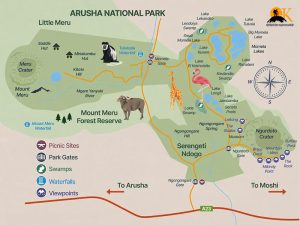 Although elephants are uncommon in Arusha National Park, and lions absent altogether, leopards and spotted hyenas may be seen slinking around in the early morning and late afternoon. It is also at dusk and dawn that the veil of cloud on the eastern horizon is most likely to clear, revealing the majestic snow-capped peaks of Kilimanjaro, only 50km (30 miles) distant.
Although elephants are uncommon in Arusha National Park, and lions absent altogether, leopards and spotted hyenas may be seen slinking around in the early morning and late afternoon. It is also at dusk and dawn that the veil of cloud on the eastern horizon is most likely to clear, revealing the majestic snow-capped peaks of Kilimanjaro, only 50km (30 miles) distant.
But it is Kilimanjaro’s unassuming cousin, Mount Meru – the fifth highest in Africa at 4,566 metres (14,990 feet) – that dominates the park’s horizon. Its peaks and eastern footslopes protected within the national park, Meru offers unparalleled views of its famous neighbour, while also forming a rewarding hiking destination in its own right.
Passing first through wooded savannah where buffalos and giraffes are frequently encountered, the ascent of Meru leads into forests aflame with red-hot pokers and dripping with Spanish moss, before reaching high open heath spiked with giant lobelias. Everlasting flowers cling to the alpine desert, as delicately-hoofed klipspringers mark the hike’s progress. Astride the craggy summit, Kilimanjaro stands unveiled, blushing in the sunrise.
Why Visit Arusha National Park?
Arusha National Park is often overshadowed by larger parks like Serengeti and Ngorongoro, but it has its own charm and unique attractions:
- Close to Arusha & Kilimanjaro: Just 40 minutes from Arusha and an hour from Kilimanjaro International Airport.
- Diverse Ecosystems: The park boasts a variety of landscapes, including lush rainforests, open savannahs, volcanic craters, and serene lakes.
- Varied Wildlife: Spot giraffes, zebras, buffalo, warthogs, and the rare colobus monkey.
- Walking Safaris: One of the few Tanzanian parks where visitors can explore on foot with a ranger.
- Mount Meru Trekking: A thrilling climb to Tanzania’s second-highest peak, perfect for acclimatization before summiting Kilimanjaro.
- Canoeing Safaris: Enjoy a unique perspective of the park from the Momella Lakes.
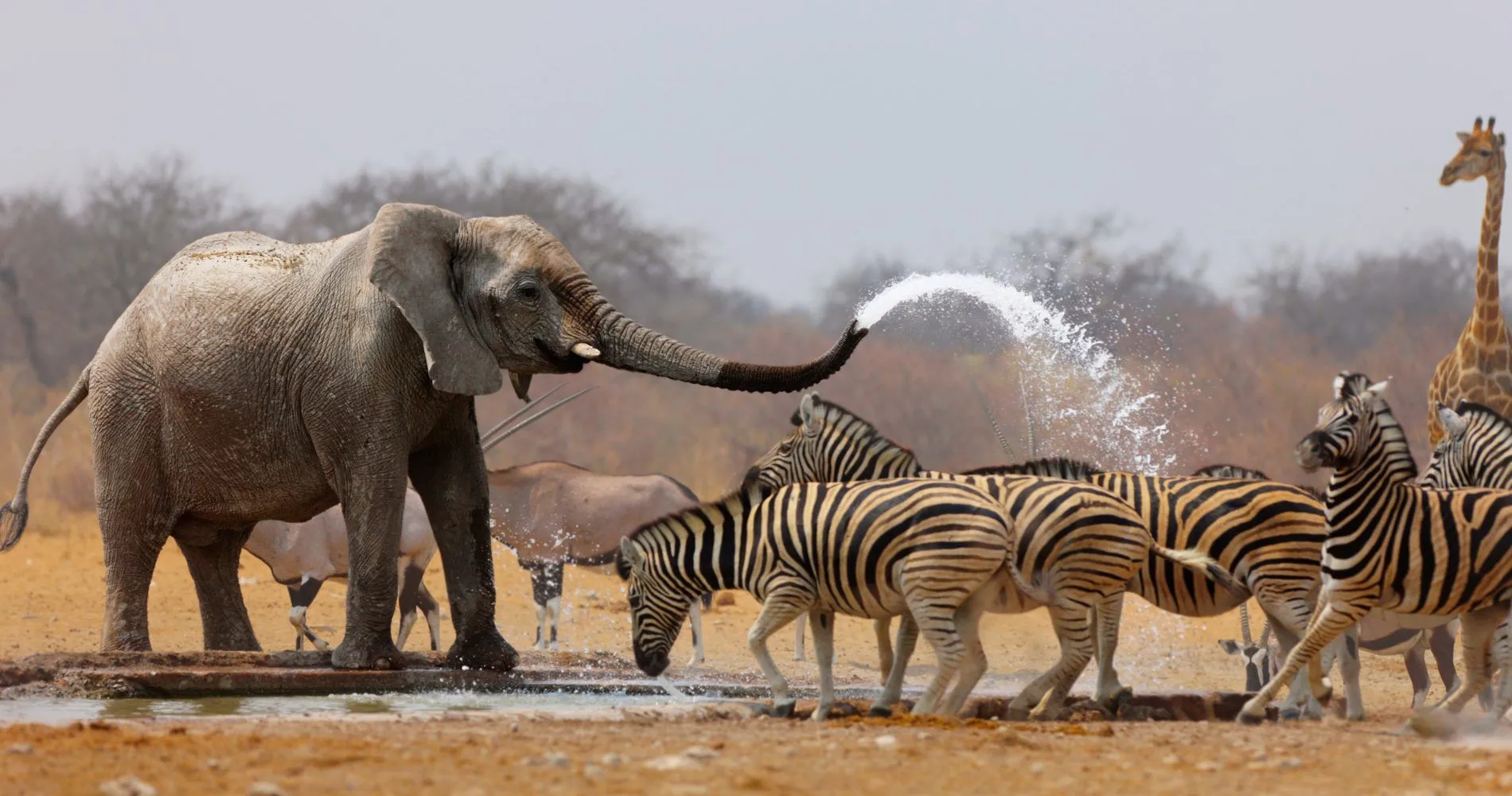
Best Time to Visit Arusha National Park
The park is a year-round destination, but the best time to visit largely depends on what you want to experience. The dry season, from June to October, offers excellent wildlife viewing as animals gather around water sources. This is also the best time for trekking Mount Meru, as the trails are drier and provide clear panoramic views of the surrounding landscape. The wet season, from November to May, transforms the park into a lush green paradise, making it an excellent time for birdwatching, with migratory species arriving in large numbers. The occasional rain showers enhance the beauty of the park’s lakes and waterfalls, offering a serene and picturesque experience.
Dry Season (June – October):
- Best time for wildlife viewing, as animals gather around water sources.
- Walking trails are dry and easier to navigate.
- Clear skies provide stunning views of Mount Meru and Kilimanjaro.
Wet Season (November – May):
- The park turns lush and green, making it ideal for photography.
- Birdwatching is excellent, with migratory species arriving.
- Fewer tourists make for a more intimate experience.
Top Attractions & Things to See
1. Mount Meru – Tanzania’s Second-Highest Peak
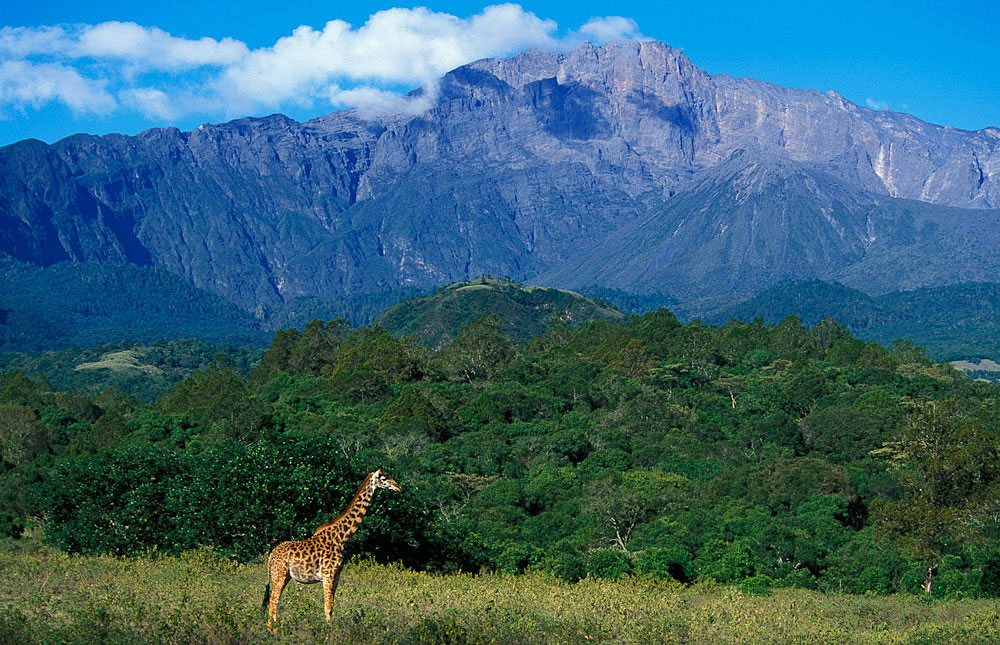 Towering at 4,566 meters, Mount Meru is a fantastic trekking destination that offers:
Towering at 4,566 meters, Mount Meru is a fantastic trekking destination that offers:
- Spectacular views of Kilimanjaro.
- A challenging yet rewarding 3–4-day trek.
- A variety of landscapes, from rainforest to alpine zones.
💡 Tip: Many climbers use Mount Meru to acclimatize before attempting Kilimanjaro.
2. Ngurdoto Crater – “Little Ngorongoro”
A stunning volcanic caldera with:
- Panoramic viewpoints overlooking lush vegetation.
- Sightings of buffalo, warthogs, and baboons.
3. Momella Lakes – A Haven for Birdwatchers
These alkaline lakes are home to:
- Flamingos, pelicans, and herons
- Hippos and giraffes grazing along the shores.
- Canoe safaris offering a tranquil way to explore the park.
4. Wildlife Viewing – A Diverse Safari Experience
Unlike the Serengeti, Arusha National Park has no large predators, making it ideal for peaceful wildlife encounters. Some commonly spotted animals include:
- Giraffes – One of the highest populations in Tanzania.
- Buffalo – Frequently seen grazing in the grasslands.
- Colobus Monkeys – Rare black-and-white primates that swing through the trees.
- Zebras & Warthogs – Commonly spotted in open areas.
- Elephants & Leopards – Occasionally seen but not as common.
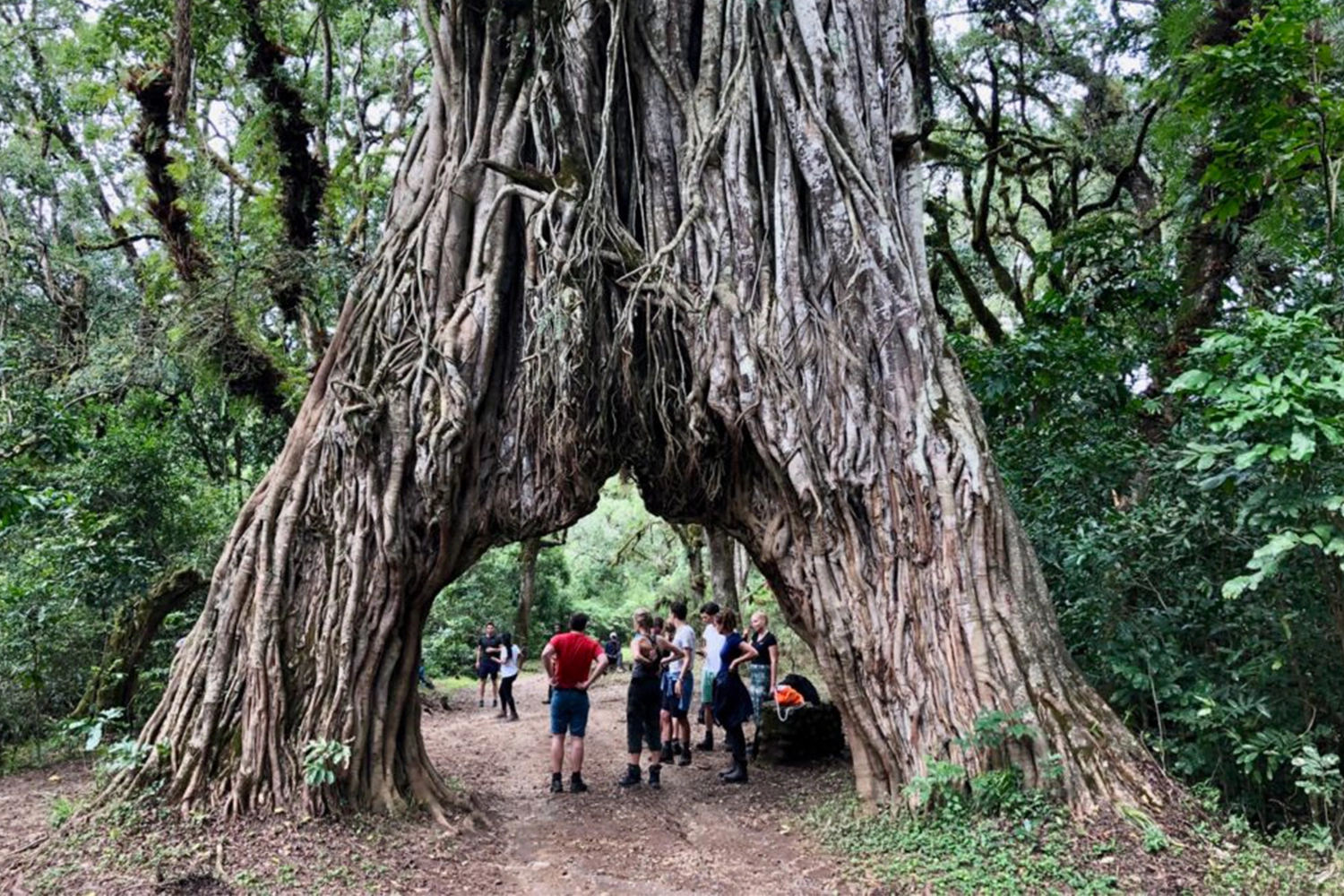
Activities to Do in Arusha National Park
1. Game Drives – Classic Safari Adventure
Explore the park’s diverse landscapes in a 4×4 vehicle with an expert guide.
2. Walking Safaris – A Close Encounter with Nature
One of the few places in Tanzania where visitors can go on a guided walking safari.
3. Canoeing on Momella Lakes
Paddle across Small Momella Lake and enjoy a peaceful water-based safari.
4. Climbing Mount Meru
A challenging trek that provides stunning scenery and wildlife encounters.
5. Cultural Visits – Discover Local Communities
Explore nearby Maasai villages and coffee plantations for an authentic Tanzanian experience.
How to Get to Arusha National Park
By Air:
- Kilimanjaro International Airport (JRO) – The main gateway for international travelers, located 60 km from the park.
- Arusha Airport (ARK) – Located 35 km away, primarily serving domestic flights.
By Road:
- From Arusha Town: 40-minute drive.
- From Moshi (Kilimanjaro’s Base): 1.5-hour drive.
Private Transfers & Tours: Most visitors book their safari through Operation Kilimanjaro, ensuring a hassle-free experience.
 Where to Stay in Arusha National Park
Where to Stay in Arusha National Park
Luxury Lodges:
- Hatari Lodge – Offers scenic views near Momella Lakes.
- Mount Meru Game Lodge – A charming retreat with comfortable accommodations.
Mid-Range & Budget Options:
- Miriakamba & Saddle Huts – Ideal for Mount Meru trekkers.
- Campsites – Affordable options for budget travelers.
Travel Tips for Visiting Arusha National Park
- Perfect for a Day Trip – Great for those short on time.
- Ideal Pre/Post-Kilimanjaro Safari – A great way to relax before or after a Kilimanjaro trek.
- Wear Comfortable Shoes – Essential for walking safaris and hikes.
- Bring Binoculars – Ideal for birdwatching enthusiasts.
- Pack in Layers – Mornings can be chilly, while afternoons are warmer.
Final Thoughts
Arusha National Park is an underrated gem that offers a mix of wildlife, breathtaking landscapes, and adventure activities. Whether you’re looking for a short safari, a rewarding trek, or a peaceful canoeing experience, this park has something for every traveler.
Plan your visit with Operation Kilimanjaro and explore the beauty of Arusha National Park today!

